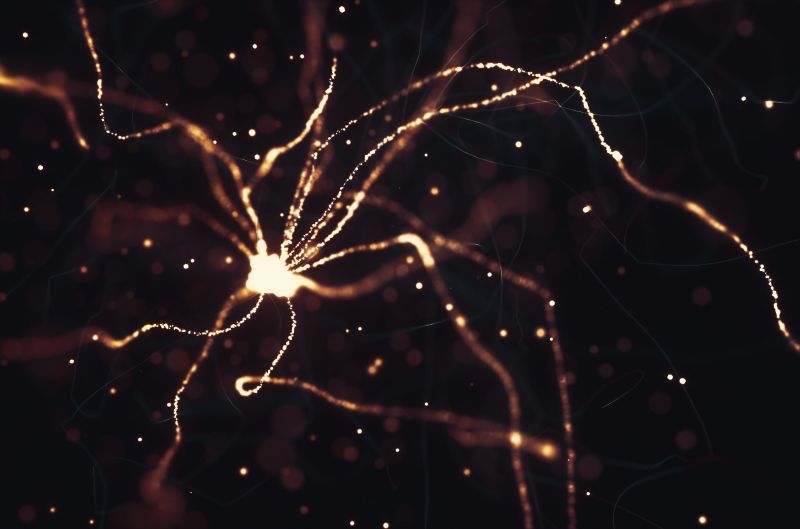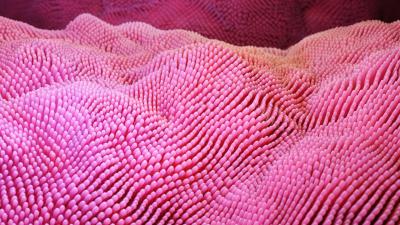Spinal Cord Chips Reveal Clues About the Fatal and Mysterious Disease ALS

Study in a Sentence: Scientists have created a lifelike model of Amyotrophic Lateral Sclerosis (ALS), a type of motor neuron disease, using cells from individuals with ALS. This model copies how motor neurons and a blood-brain barrier work together, and it detects early warning signs of ALS that other methods cannot, in addition to clues for nongenetic causes of the disease.
Healthy for Humans: ALS is a disease that kills motor neurons, the nerve cells that control movement. The disease ultimately leads to paralysis and typically causes death within 2 to 5 years of diagnosis. There is no known cause for approximately 90% of cases, and there is currently no cure. In a groundbreaking development, scientists investigating the causes of ALS, and seeking effective treatments, took blood cells from individuals with and without ALS, and turned them into stem cells. The stem cells were cultured into motor neurons and blood-brain barrier cells, inside a specialized chip containing tiny channels with fluid to mimic blood. The scientists then used advanced technologies to analyze more than 10,000 genes in the motor neurons in both groups of chips. Investigators detected multiple genetic and functional differences, including in a chemical that sends messages between neurons.
Redefining Research: This “ALS-on-a-chip” allows researchers to study the disease in real time, test how drugs cross the blood-brain barrier, explore potential treatments, and even initiate clinical trials—all without using animals.








